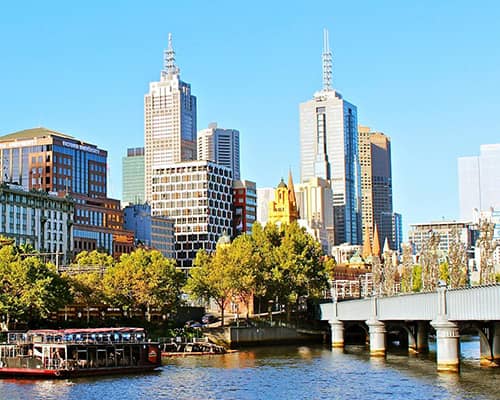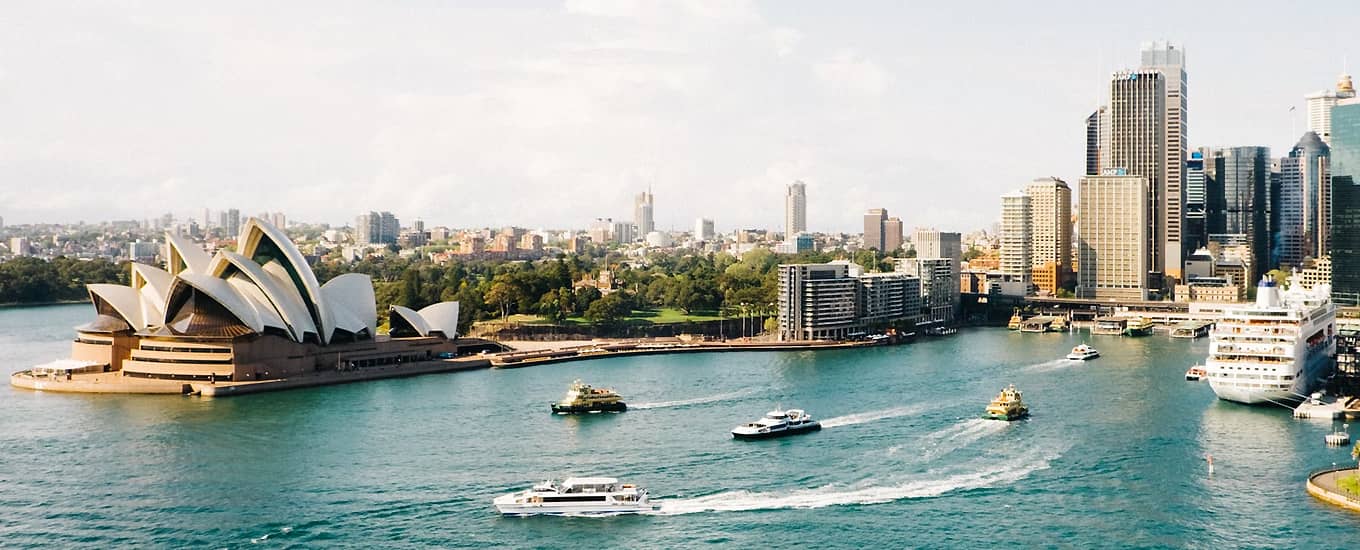Favela Tabajaras
Favela Tabajaras is one of the many informal settlements located in Rio de Janeiro, Brazil. It stretches across the hills, offering stunning views of the city and the ocean. The favela is characterized by narrow alleys, densely packed houses, and a vibrant community. While often associated with social inequality and poverty, Tabajaras is also a place of resilience and cultural richness. The residents organize various social projects and initiatives to improve living conditions and strengthen the community.
Key Facts
– Population: Approximately 10,000 people live in Favela Tabajaras.
– Area: The settlement covers around 0.2 square kilometers.
– Origins: The favela began as an informal settlement in the 1930s and has grown steadily over the decades.
– Social Infrastructure: There are schools, health centers, and various community projects organized by the residents.
– Security: While Tabajaras has faced issues with violence and drug-related crime in the past, significant improvements in security have been made in recent years through increased police presence and social projects.
Location
Favela Tabajaras is located in the Copacabana district, one of the most famous neighborhoods in Rio de Janeiro. It sits on a hill between the neighborhoods of Copacabana and Botafogo. Due to its central location, the favela is well connected to public transportation, giving residents access to city facilities and employment opportunities. The stark contrast between the affluent parts of Copacabana and the favela highlights the social inequality prevalent in the city.
History
The history of Favela Tabajaras dates back to the 1930s, when workers employed on construction sites in Copacabana began occupying land on the hill and building makeshift homes. Over the decades, the settlement grew as more people, unable to afford the rising rents in urban areas, moved to Tabajaras. The favela developed into a self-sufficient community with a complex social structure.
In the 1990s, social problems worsened, particularly due to the growing influence of drug trafficking. However, since the 2000s, the city of Rio de Janeiro has initiated pacification efforts and projects to improve living conditions in the favelas. In Tabajaras, this has led to a significant reduction in violence and improvements in infrastructure. Today, the favela stands as a symbol of the challenges and opportunities that life in Rio de Janeiro’s favelas presents.

melbourne city
Bustling Laneways & Electric NightLife
Nulla aliquet porttitor luctus acmans tords pose. Sapien faucibuse molesta feugiat sed quis blandit.

sydney opera house
The Iconic Performing-Arts Venue
Nulla aliquet porttitor luctus acmans tords pose. Sapien faucibuse molesta feugiat sed quis blandit.

uluru or ayers rock
A Large Sandstone Formation
Nulla aliquet porttitor luctus acmans tords pose. Sapien faucibuse molesta feugiat sed quis blandit.

twelve apostles
Group of Limestone Rock Stacks
Nulla aliquet porttitor luctus acmans tords pose. Sapien faucibuse molesta feugiat sed quis blandit.



